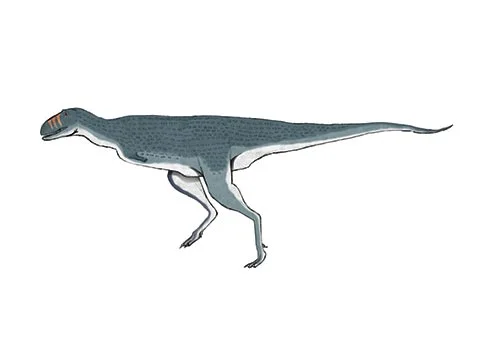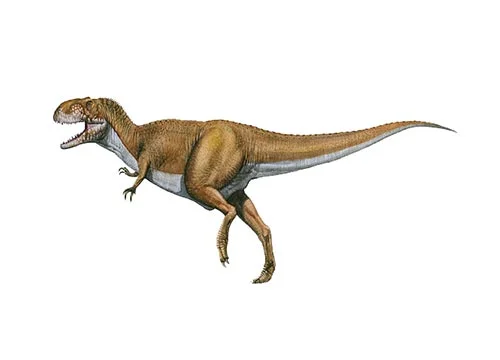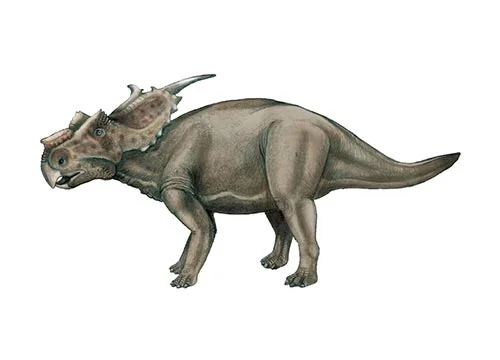Quilmesaurus

Kwil-me-sor-us
R. A. Coria - 2001
Carnivore
Estimated 2-3 meters long
Large Theropod
Q. curriei (type)
Argentina - Allen Formation & Bajo de la Carpa Formation
Late Cretaceous, 90 million years ago
Quilmesaurus Facts
Quilmesaurus is a genus of theropod dinosaur that lived during the Late Cretaceous period, approximately 90 million years ago. The genus name is derived from the Quilmes indigenous people of Argentina, where the fossils were found.
The type species, Quilmesaurus curriei, was named in honor of the Canadian paleontologist Philip J. Currie for his contributions to the study of theropod dinosaurs. The fossils of Quilmesaurus were discovered in the Bajo de la Carpa Formation in Argentina, and represent one of the few known theropod dinosaurs from this formation.
Quilmesaurus was a small carnivorous dinosaur, estimated to have been around 2-3 meters (6-10 feet) long and weighing around 20-30 kilograms (44-66 pounds). It belonged to the group of theropod dinosaurs known as abelisaurids, which were characterized by their short arms and large, deep skulls with prominent horns and ridges.
The skull of Quilmesaurus was particularly unique, with a short snout and large, forward-facing eyes. Its teeth were long and serrated, indicating that it was a predator that likely fed on small animals such as lizards and mammals.
The discovery of Quilmesaurus has provided valuable insights into the diversity of theropod dinosaurs during the Late Cretaceous period in South America, and highlights the importance of continued paleontological research in this region. While much remains to be learned about this fascinating animal, ongoing studies and discoveries are helping to unravel the mysteries of the prehistoric past.



